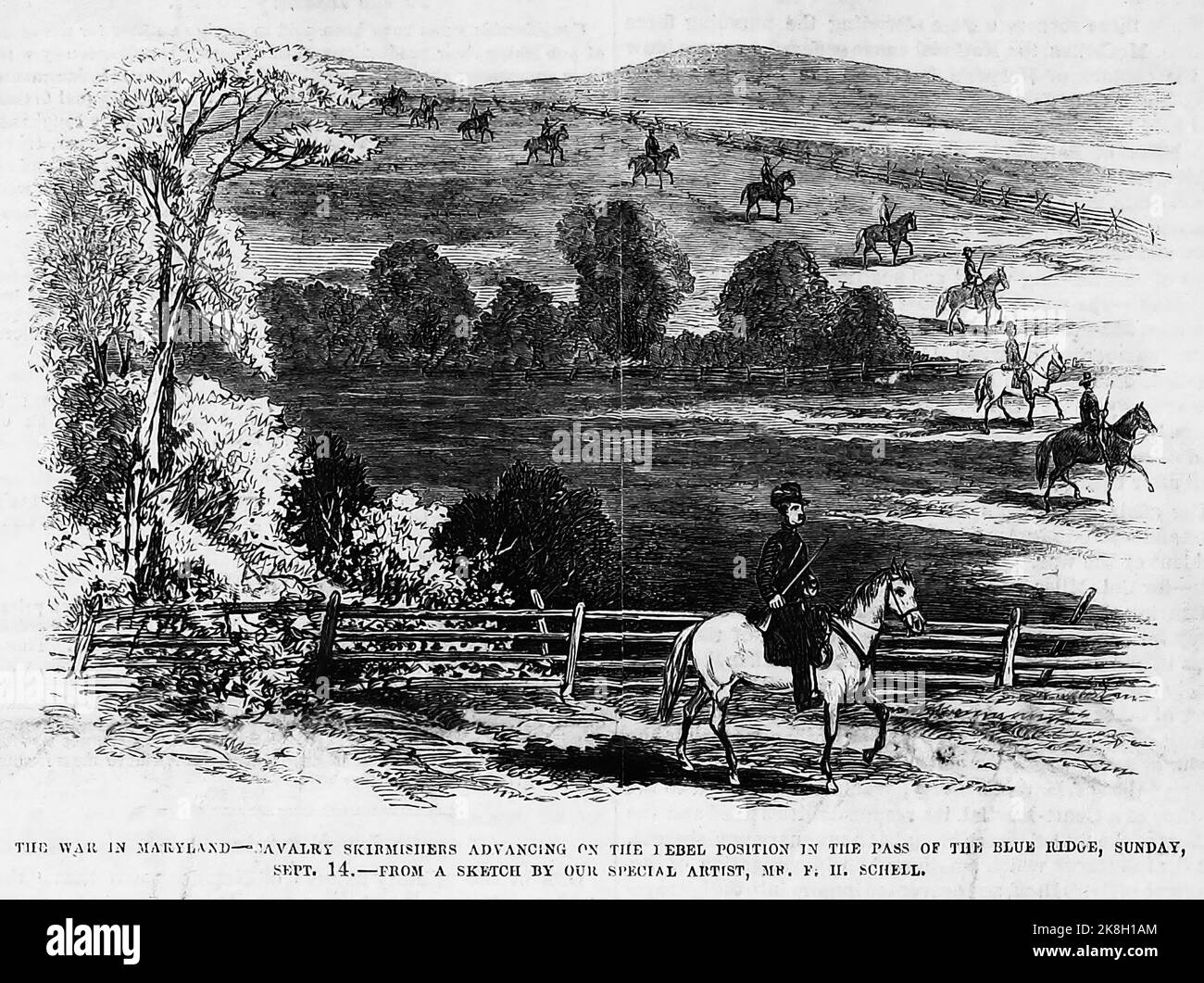

Medical Committee for Civil Rights at the March on Washington, 1963 The MCCR made national headlines by picketing the AMA’s convention in Atlantic City that year with signs asking the AMA to “end all segregation and discrimination in medical care.” MCCR members also participated in the 1963 March on Washington for Jobs and Freedom. The interracial Medical Committee for Civil Rights (MCCR) was founded by physicians John Holloman Jr. The National Medical Association, the organization of black physicians, protested the pro-segregation provisions of the 1948 Hill-Burton Hospital Survey and Construction Act, and demanded an end to racial discrimination by the American Medical Association, which permitted all-white local chapters.

1930Īfter World War II, the medical civil rights movement increasingly focused on ending segregation in the mainstream health care system. A visiting nurse stands by a car outside the Savannah Health Center, ca. Women’s clubs sponsored visiting nurse associations that provided communities with home nursing services, preventive and prenatal care, and health education. Civil rights groups, churches, and community organizations fought these conditions through educational initiatives such as National Negro Health Week (1914–51), infant health stations, and nutritional programs to help curb maternal and infant mortality. Segregation, discrimination, and poverty led to disproportionately high rates of sickness and mortality among the African American population. Interns and nurses at Provident Hospital and Training School, Chicago, 1922 Some medical schools for blacks had been established earlier, but Provident was the first such institution controlled by an African American leadership, and founded explicitly to combat discrimination. In response to racial discrimination by most medical and nursing colleges in the U.S., physicians, nurses, and community activists in Chicago raised funds to open Provident Hospital and Training School in 1891. Edwards mostly stands alone, a civil rights movement in health care began even earlier than the years depicted on “The Knick,” and continues today.
#BOONSBORO CIVIL WAR HOSPITAL CARE SERIES#
“The Knick” is perhaps the first television series to so powerfully depict not only racial discrimination in the medical profession, but also the denial of care based on race, a tragic but central fact of U.S. He even opens a secret clinic in the hospital’s basement to treat African American patients who had been turned away upstairs and by other hospitals. Edwards faces many trials as he battles the prejudices of white physicians and patients.

Algernon Edwards, a fictional African American surgeon at an early twentieth century New York hospital.
#BOONSBORO CIVIL WAR HOSPITAL CARE TV#
Viewers of the cable TV show “ The Knick” have come to know Dr. With the extension to open enrollment at in the news, here is the second of two posts exploring key themes from the exhibition. Hoffman is Professor of History at Northern Illinois University and guest curator of NLM’s most recent exhibition, For All the People: A Century of Citizen Action in Health Care Reform. Circulating Now welcomes guest blogger Beatrix Hoffman.


 0 kommentar(er)
0 kommentar(er)
